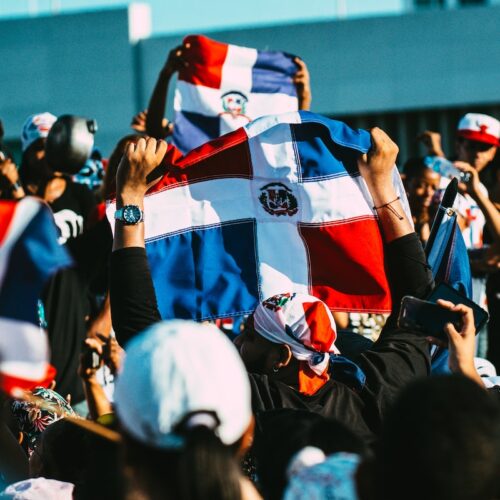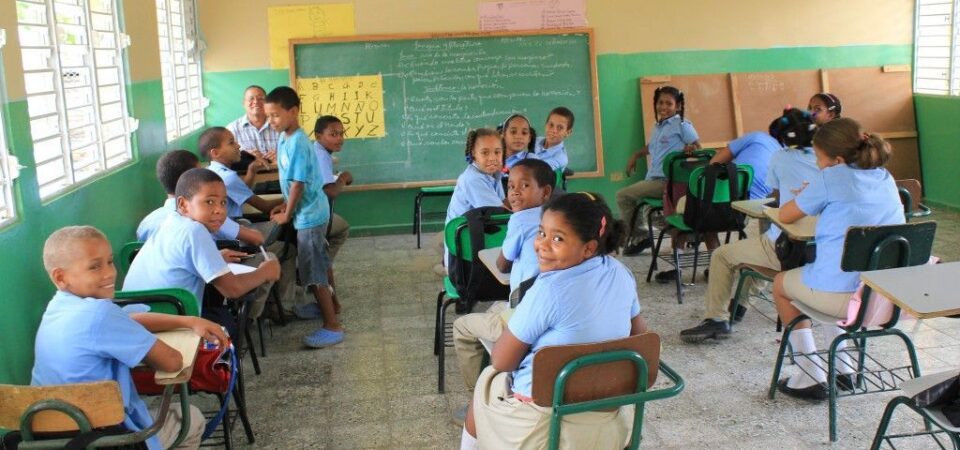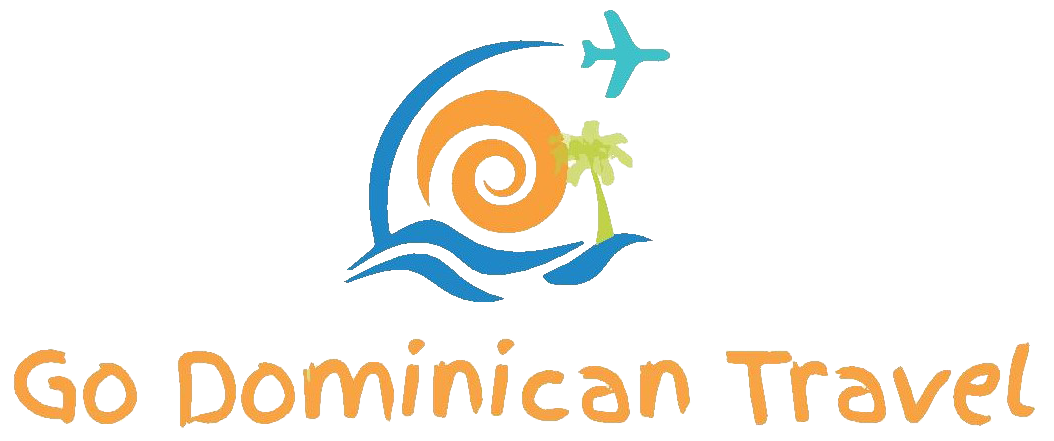Exploring the Rich and Diverse Languages of the Dominican Republic

The Dominican Republic is a vibrant and diverse country with a rich history and culture. One of the most unique aspects of the country is its language and the many different languages spoken throughout its history. In this article, we will explore the history of language in the Dominican Republic, the different languages spoken in the country, and the ethnic groups that make up the population.
History of Language in the Dominican Republic

The history of language in the Dominican Republic is a complex and fascinating subject. The country’s linguistic landscape has been shaped by centuries of colonialism, migration, and cultural exchange. In this blog article, we will explore the history of language in the Dominican Republic, from its indigenous roots to the present day.
Indigenous Languages
Before the arrival of Spanish colonizers in 1492, the island of Hispaniola (now the Dominican Republic and Haiti) was home to several indigenous peoples, including the Taino, Ciguayo, and Macorix. These groups spoke distinct languages, which were part of the larger Arawakan language family. The Taino language, in particular, had a significant impact on the development of Dominican Spanish, with many Taino words and phrases finding their way into the Spanish spoken in the country.
Spanish Colonialism
When Christopher Columbus arrived in Hispaniola in 1492, he brought with him Spanish colonizers and the Spanish language. Over the next few centuries, Spanish became the dominant language of the island, supplanting the indigenous languages. The Spanish spoken in the Dominican Republic has evolved over time, influenced by both African and indigenous languages as well as regional dialects.
African Influence
The transatlantic slave trade brought millions of Africans to the Caribbean, including the Dominican Republic. The African slaves brought with them their own languages and cultural traditions, which have left an indelible mark on the country’s linguistic landscape. The influence of African languages can be seen in the prevalence of African-derived words and phrases in Dominican Spanish, particularly in music and other forms of popular culture.
Other Languages
While Spanish is the official language of the Dominican Republic, there are other languages spoken in the country as well. English is commonly spoken in tourist areas, and there are also significant populations of Haitian Creole speakers in the country. In recent years, there has been a growing interest in the preservation of indigenous languages, particularly the Taino language, which is being taught in schools and universities.
Different Languages Spoken in the Dominican Republic
The Dominican Republic is a country with a rich linguistic diversity, influenced by its history and geography. Spanish is the official language, but there are other languages spoken by various groups of people. Here is an overview of the different languages spoken in the Dominican Republic and their percentage:
Spanish: Spanish is the official language of the Dominican Republic and is spoken by almost all of the population. It is the primary language of communication in business, education, government, and media.
Haitian Creole: Haitian Creole is spoken by a significant percentage of the population, especially in the border areas. It is a mixture of French and African languages and is the primary language of communication for Haitian immigrants and their descendants.
English: English is spoken by a small percentage of the population, mainly in tourist areas and by expatriates. It is also the language of instruction in some private schools.
Chinese: Chinese is spoken by a small percentage of the population, mainly by Chinese immigrants and their descendants.
Arabic: Arabic is spoken by a small percentage of the population, mainly by Lebanese and Syrian immigrants and their descendants.
Romani: Romani is spoken by a small percentage of the population, mainly by the Roma community.
Indigenous Languages: The Taino people were the original inhabitants of the Dominican Republic, and their language is now extinct. However, there are some efforts to revive the language, and there are a few people who can still speak it.
The Dominican Republic’s linguistic diversity reflects its multicultural history and makes it a unique and fascinating place to visit. Visitors can experience a wide range of languages and cultures while exploring the country’s many attractions.
Frequently Asked Questions
What is the official language of the Dominican Republic? Answer: The official language of the Dominican Republic is Spanish.
Are there other languages spoken in the Dominican Republic? Answer: Yes, besides Spanish, Haitian Creole and English are also spoken in the Dominican Republic.
How many people in the Dominican Republic speak Spanish? Answer: Nearly 100% of the Dominican Republic’s population speaks Spanish.
What percentage of the population speaks Haitian Creole? Answer: It is estimated that about 10% of the population in the Dominican Republic speaks Haitian Creole.
What is the percentage of English speakers in the Dominican Republic? Answer: Only about 2% of the population in the Dominican Republic speaks English fluently.
Is there a difference between Dominican Spanish and standard Spanish? Answer: Yes, Dominican Spanish has some unique vocabulary, grammar, and pronunciation features that set it apart from standard Spanish.
Can I get by in the Dominican Republic if I don’t speak Spanish? Answer: While it is recommended to learn some basic Spanish, many tourist areas and businesses have employees who speak English.
How similar is Haitian Creole to French? Answer: While Haitian Creole has some French influence, it is considered a separate language and not simply a dialect of French.
Is there a difference between Haitian Creole spoken in Haiti and the Dominican Republic? Answer: Yes, there are some differences in vocabulary and pronunciation between Haitian Creole spoken in Haiti and the Dominican Republic.
Are there any efforts to preserve indigenous languages in the Dominican Republic? Answer: Yes, there are some efforts to preserve the Taino language, which was spoken by the indigenous people of the Dominican Republic before Spanish colonization. However, the language is currently considered extinct, and there are no known native speakers.



